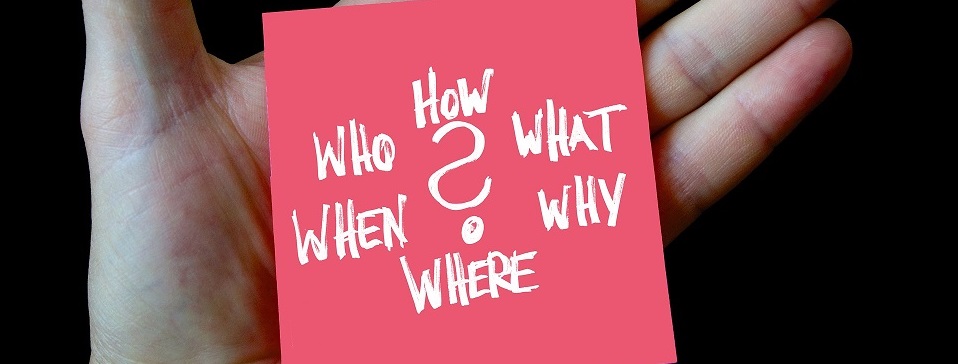VAT
In this section...
How is a Lease shown on the Annual Accounts
If there is a lease involved it is required for the lease to be categorized as either a finance or operating lease. A finance lease will appear on the balance sheet of a set of annual accounts but an operating lease will not. Due to the treatment of each lease and how it affects the accounts, the correct category is important. An accountant will be able to determine the treatment when preparing the accounts.
A lease is determined by reviewing to whom the risks and rewards of ownership fall to. If they fall upon the lessee, the lease is a finance lease; if the lessor has the ownership risks and rewards then it is an operating lease. If, at the end of the lease, the legal title is passed to the lessee or there is an option to purchase the asset then this would make it a finance lease. A lessee may use the asset for most of the asset’s useful economic life for a finance lease, but for buildings and land this criteria will not be fulfilled as a lease may span only a decade or so whereas a building can stand for far longer if it is looked after and maintained.A finance lease appears on the balance sheet and is represented by two figures. The purchase price of the asset itself will be added to the type it belongs to, for example a car would be grouped under ‘motor vehicles’ with any other vehicle assets. The total of the lease to be paid over the next few years will appear under the liabilities. Any interest paid on the lease will appear on the profit and loss account as a deductible expense from income. The purchase price of the asset is deducted as a capital expense, so when the tax calculation will still use the purchase price. In future account preparations a depreciation percentage will be used against that asset. The tax calculation itself will not appear with a set of annual accounts.
Any payments due within one year of the financial year end are a current liability and should be displayed as such on the accounts. Non-current liabilities apply to payments that will be made after a year’s time and this will apply to any monies for the lease remaining.
To ensure the correct figures appear on the accounts a leasing table may be created on a spreadsheet such as Microsoft Excel. This shows what the payments made in the current and future year ends will be against the total lease itself until the lease is nil at the expected date.
So, when an individual has a finance lease for their business it is important to remember that their lease will not appear in the profit and loss account and affect the business’ profit figure here, but that when the tax calculation is run any new assets on a lease will be included against taxable profit.
Tags: annual accounts, company accounts, leases
Need help?
Get in touch and see how we can help you
